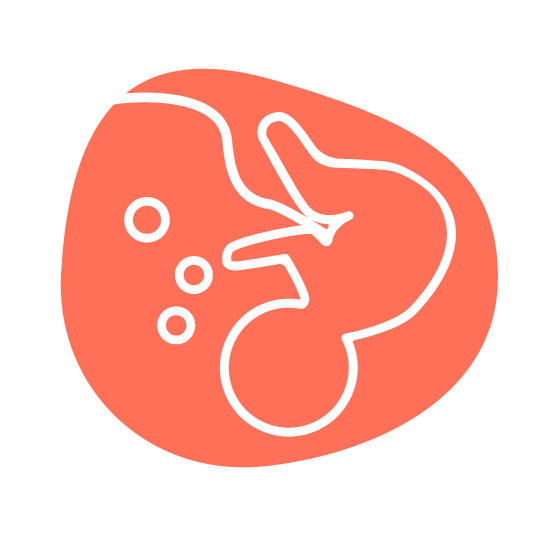The place of episiotomy in history: A sore review
Autora: Manuela Néné
Artigo| Sofia Rodrigues; Néné, Manuela. “The place of episiotomy in history: A sore review”. Journal of Nursing Education and Practice 9 4 (2019): 122-128.
Resumo: Background and objective: During childbirth some practices are common and widely accepted though they have no scientific basis. Despite of being implemented some centuries ago, they last in time up to the present day, as for example episiotomy. Currently it is a controlled use intervention in some countries, especially in northern Europe, and a liberal (and almost unquestionable) use intervention in other countries: It is so common that, there is not even accounting for this procedure as a quality care indicator. In the present time, there is a conflict that involves the advocated minimally invasive care versus defensive practices… Episiotomy perfectly illustrates this dichotomy. To synthesize the current knowledge about intrapartum perineal care, regarding the origin and introduction of episiotomy in the midwives practice over time, in order to comprehend the evolution of the concept and methods of perineal preservation. Methods: A literature search was conducted in the electronic databases CINAHL, Cochrane Database of Systematic Reviews, MedicLatina, PubMed, Scopus and Web of Science, using descriptors MeSH and natural language. The results were synthesized and evidenced throughout this review. Results: A total of 27 articles were identified, which fully comply with the inclusion criteria. The most representative categories of papers are literature reviews (37%) and nonempirical articles (26%). Conclusions: Although scarce, the existing literature on this subject is very meticulous. One third of the articles are from midwives/nurse-midwives authorship which reveals special interest and concern of this professional class for this subject, that admittedly belongs to its field of expertise whether theoretical or practical. Major milestones were identified in the history of episiotomy which led to significant changes in midwifery intrapartum care patterns, with supremacy of the biomedical model.
Consultar: http://www.sciedupress.com/journal/index.php/jnep/article/view/13797.

